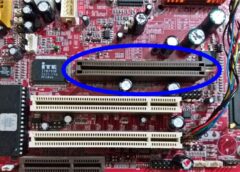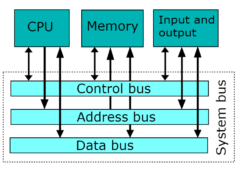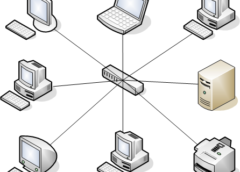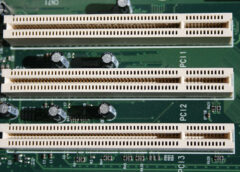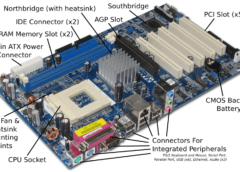
The computer motherboard  is the main printed circuit board (PCB) where most computer components are connected. It provides connectivity between the computer hardware components, for instance, the processor
is the main printed circuit board (PCB) where most computer components are connected. It provides connectivity between the computer hardware components, for instance, the processor  (CPU), memory (RAM), hard drive, and video card.
(CPU), memory (RAM), hard drive, and video card.
The motherboard is also known as System Board, Mainboard, Mobo, Main Circuit Board, Planar Board, Logic Board, and Printed Wired Board (PWB) among other names.
It is located at the bottom or on the side of the computer chassis depending on the type of desktop computer you have. The motherboard has many printed wires that carry power and data signals between one component and the other.
It connects directly or indirectly to every part of the Personal Computer. The type of motherboard installed in a PC has a great effect on system speed and future expansion capabilities.
What Is a Computer Motherboard Made Of?
A motherboard is mainly composed of two materials:
- Layers of fibreglass for insulation.
- Copper that forms conductive pathways.
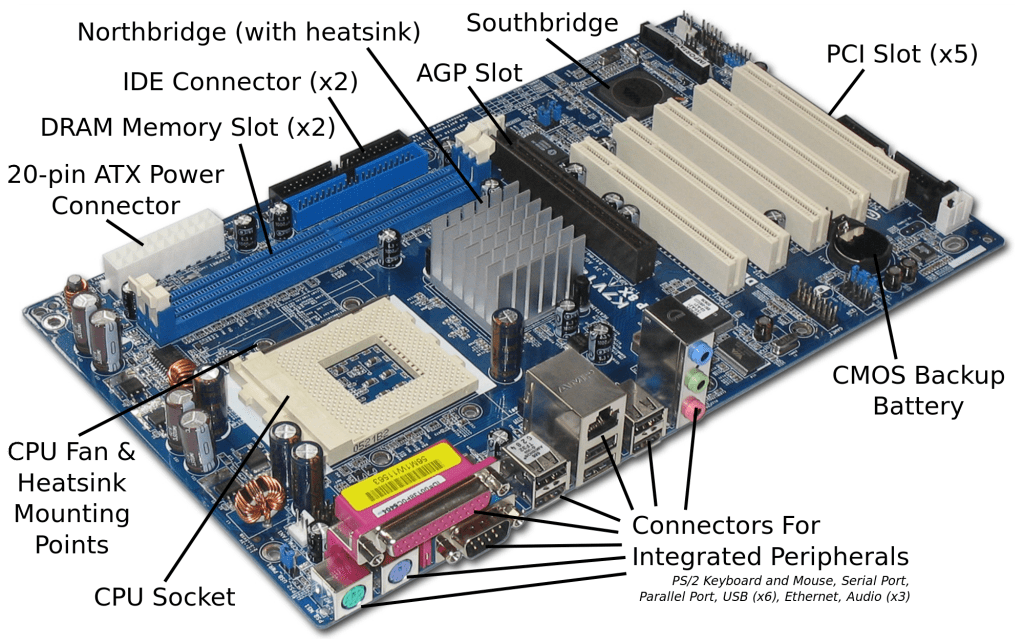
Computer Motherboard Components
The motherboard holds all the major components of the computer. These motherboard components include:
- The processor (CPU)
- CPU socket
- Main Memory (RAM)
- Memory slot
- Math Co-Processor
- BIOS
- CMOS memory
- CMOS Battery
- Expansion slots
- Cache memory
- CPU Clock
- I/O ports
- Hard disk controllers
- SATA connector
- Super I/O chip
Central Processing Unit or the CPU
Also known as the microprocessor, the CPU is the brain of the computer. It fetches, decodes and executes program instructions as well as performs mathematical and logical calculations. The processor is one of the most crucial computer motherboard components.
The CPU chip is identified by the processor type and the manufacturer. This information is usually inscribed on the processor chip, for instance, Intel 386, Advanced Micro Devices (AMD) 386, Cyrix 486, Pentium MMX, Intel Core 2Duo, and Intel Core i7, among others. The processor fits into the processor socket.
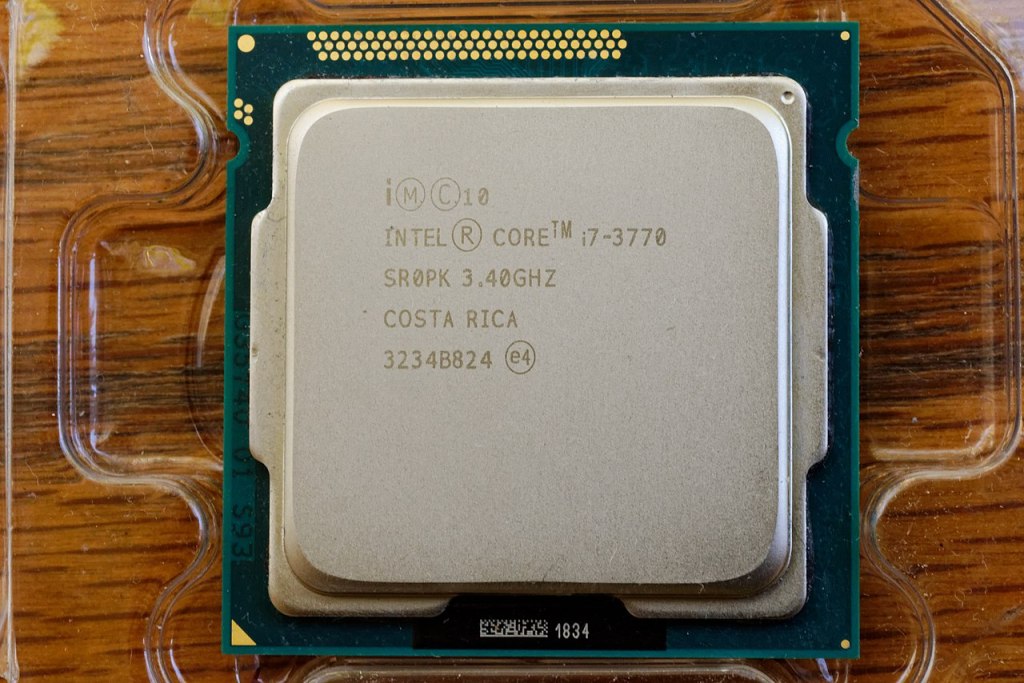
Processor Socket
A CPU or processor socket is a connection that allows a computer microprocessor to be inserted into the motherboard. There are various types of processor sockets depending on the CPU being inserted. You can identify the processor socket as socket 1 to Socket 8, LGA 775, Socket A, and Socket F, among others.
Main Memory (RAM)
The Main Memory, Primary Memory, System Memory or Random Access Memory (RAM), refers to the physical memory of the computer. The word main is used to distinguish it from external mass storage devices such as disk drives.
Memory is the working place of a computer. It is a hardware device that stores data for easy retrieval. It is volatile meaning it holds data as long as there is power. Once the power goes off or the computer is turned off, all the contents in RAM are lost. The computer can manipulate only data that is in the main memory. Therefore, every program you execute and every file you access must be copied from a storage device into the main memory. The amount of main memory on a computer is crucial. This is because it determines how many programs can be executed at once and how much data can be readily available to a program.
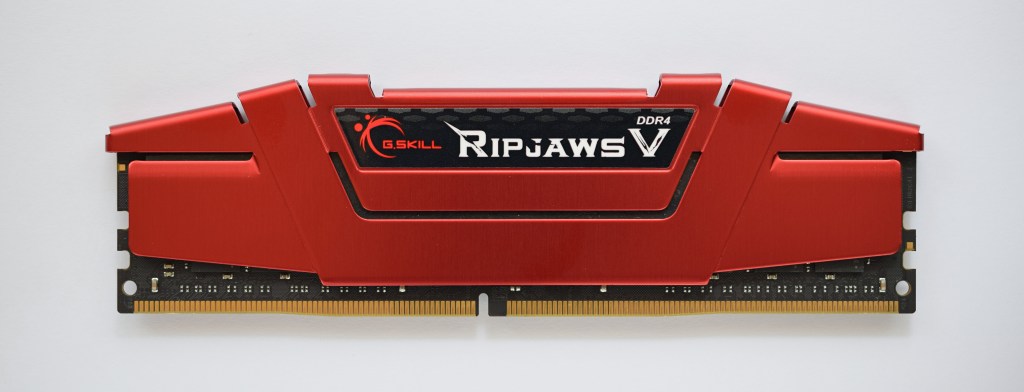
Types of RAM
There are two broad categories of RAM. These are SRAM and DRAM.
Memory Slot
It is also known as a memory socket or RAM slot. This is the slot or connection point where RAM modules are inserted into the motherboard. There may be two or four RAM slots depending on the motherboard in use.
Math Coprocessor
The Math coprocessor is a type of microprocessor that is optimized to execute complex mathematical calculations for instance irrational numbers and arrays. It was an optional add-on for earlier Intel processors such as 8086, 80386 and 80486.
This allowed computers to perform mathematical calculations faster. It is also referred to as a numeric coprocessor or a floating-point coprocessor. Modern computer processors come with an integrated math coprocessor.
The 486DX processor was the first processor to include an in-built math co-processor (inside the CPU). The earlier processors 8088, 8086, 80286, 80386SX & DX, and 486SX had their math co-processors on the motherboard.
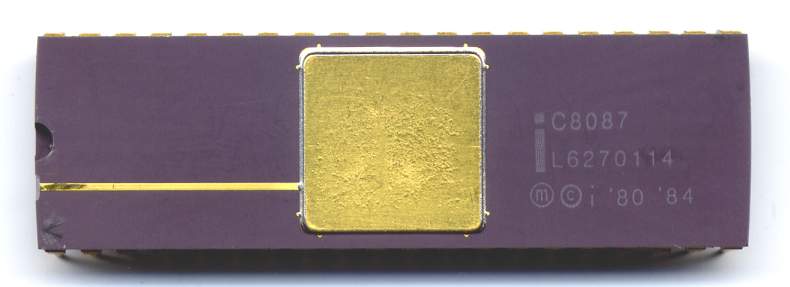
Basic Input Output System – BIOS
BIOS is a term that stands for basic input/output system. It consists of low-level software that controls the system hardware and acts as an interface between the operating system and the hardware. The microprocessor uses BIOS to get the computer started after it is turned on.
All motherboards include a small block of Read–Only Memory (ROM) which is separate from the main system memory used for loading and running software. On PCs, the BIOS contains all the code required to control the keyboard, display screen, disk drives, serial communications, and several miscellaneous functions.
BIOS is Stored in a ROM Chip
The BIOS is stored on a ROM chip because ROM retains information even when no power is being supplied to the computer. The downside of storing data in an older computer’s ROM is that the chip has to be removed to update information. Many modern PCs have flash BIOS, which means that the BIOS has been recorded on a flash memory chip, which can be updated if necessary.
The BIOS is typically placed in a ROM chip that comes with the computer (it is often called a ROM BIOS). This ensures that the BIOS will always be available and will not be damaged by disk failures.
It also makes it possible for a computer to boot itself. Because RAM is faster than ROM, though, many computer manufacturers design systems so that the BIOS is copied from ROM to RAM each time the computer is booted. This is known as shadowing.
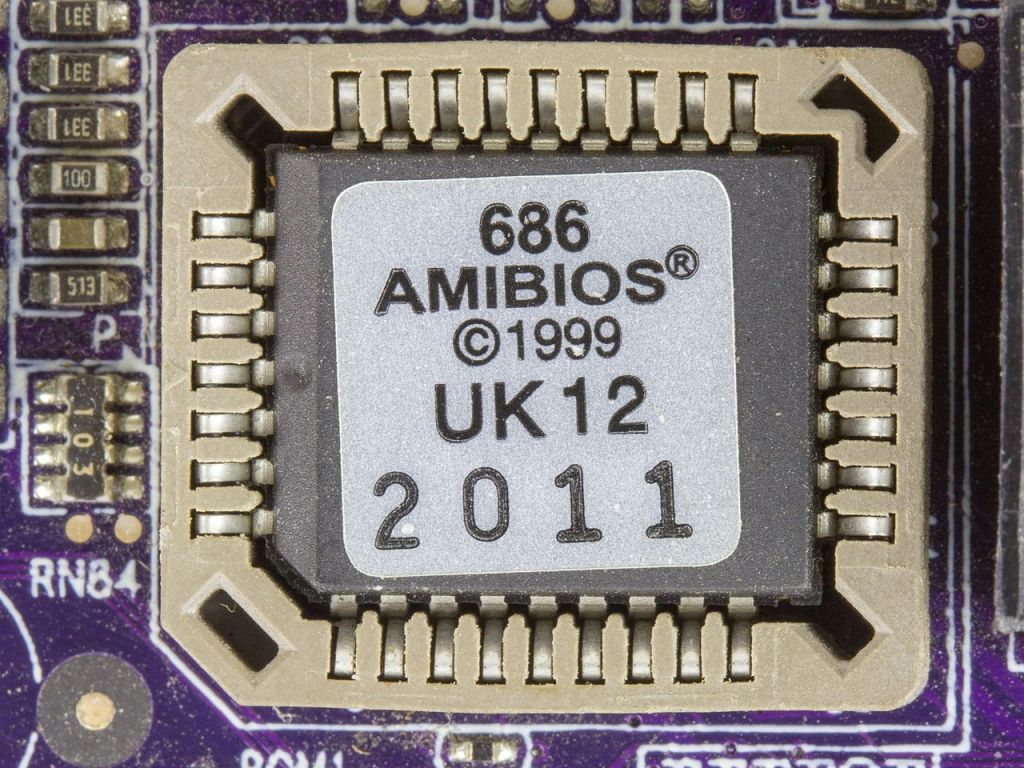
The PC BIOS is fairly standardized, so all PCs are similar at this level (although there are different BIOS versions).
Some Bios Hardware Configuration Options That Can Be Changed
- Change the Boot Order
- Load BIOS Setup Defaults
- Remove a BIOS Password
- Create a BIOS Password
- You can change the Date and Time
- Change Floppy Drive Settings – nowadays obsolete
- To change Hard Drive Settings
- Changing CD/DVD/BD Drive Settings
- View Amount of Memory Installed
- Change the Boot Up NumLock Status
- Enable or Disable the Computer Logo
- Enable or Disable the Quick Power-On Self-Test (POST)
Unified Extensible Firmware Interface (UEFI)
This is a specification for a software program that connects a computer’s firmware to its operating system. It is expected to replace BIOS.
UEFI is installed at the time of manufacturing and just like BIOS; it is the first program that runs when a computer is powered on. UEFI checks for the hardware components installed on the computer.
Complementary Metal Oxide Semiconductor – CMOS
Motherboards also include a small separate block of memory made from CMOS RAM chips. Other names of the CMOS are RTC (real-time clock), NVRAM (non-volatile RAM) or CMOS RAM.
It stores information about the BIOS settings. The CMOS RAM is kept alive by the CMOS battery even when the PC’s power is off. This prevents reconfiguration when the PC is powered on. CMOS devices require very little power to operate.
The CMOS RAM Stores
The CMOS Ram stores basic information about the PC’s configuration. This is for instance;
- Floppy disk and hard disk drive types
- CPU
- RAM size
- Date and time
- Serial and parallel port information
- Plug and Play information
- Power Saving settings
The other important data kept in CMOS memory is the time and date, which is updated by a Real–Time Clock (RTC).
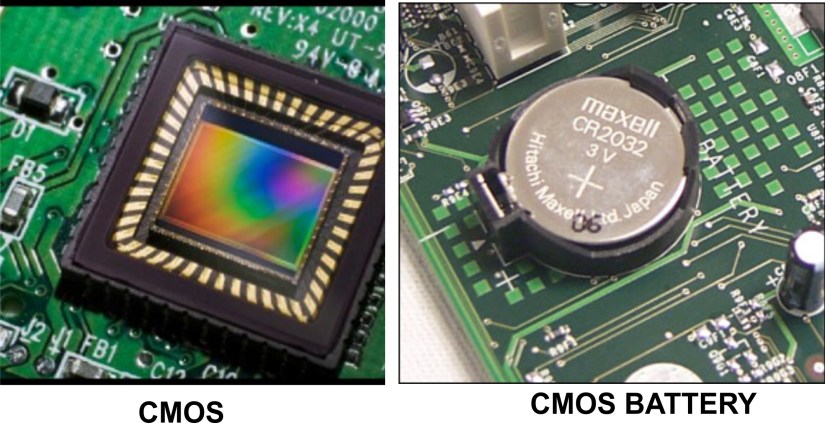
Cache Memory
It is a small block of high-speed memory (RAM) that enhances PC performance by pre-loading information from the main memory (relatively slow) and passing it to the processor on demand.
Most CPUs have an internal cache (in-built into the processor) which is referred to as Level-I cache memory or primary cache memory. This can be supplemented by external cache memory fitted on the motherboard. This is the Level-2 Cache memory or secondary cache. Even though Level-2 cache is optional, it results in a major improvement in system performance.
Expansion Buses
An expansion bus is an assortment of wires that allows for computer expansion with the use of an expansion board. Expansion buses give rise to expansion slots.
Expansion boards are inserted into an expansion slot on the motherboard or backplane that provides additional features to a computer system. Buses carry signals, such as data; memory addresses, power, and control signals from component to component.
Expansion buses enhance the PC’s capabilities by allowing users to add missing features to their computers in the form of adapter cards that are slotted in expansion slots. The different types of buses include PCI, ISA, EISA, and Input/Output (I/O) buses among others.
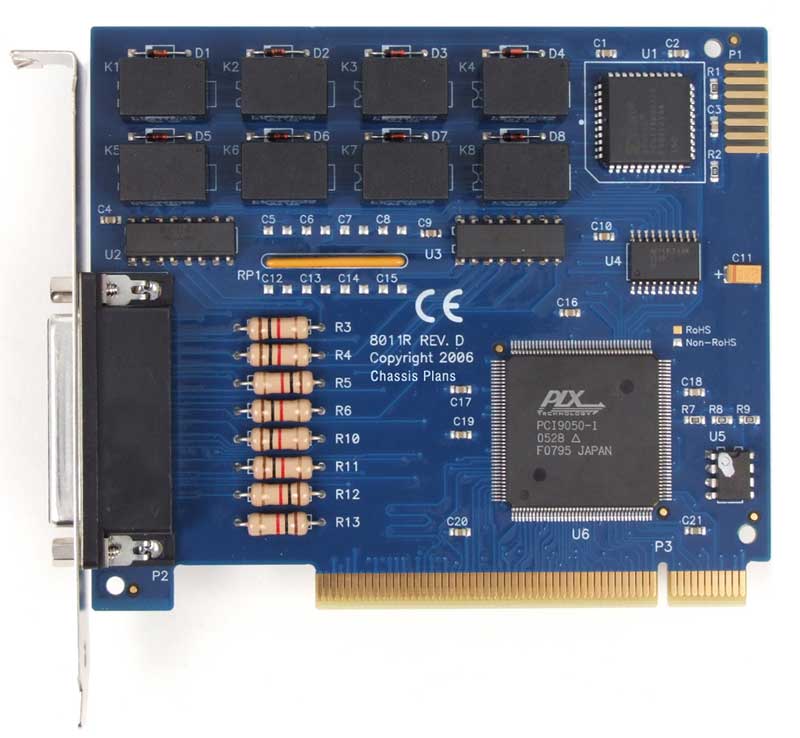
Expansion Slots
Alternatively referred to as a bus slot or expansion port, an expansion slot is a connection or port located on the motherboard. It is where an expansion card is inserted.

Chipset
A chipset is a group of small circuits that coordinates the flow of data and instructions between the central processing unit (CPU) or microprocessor and external devices. This includes the CPU itself, the main memory, the secondary cache and any devices situated on the buses. The chipset also controls data flow to and from hard disks, and other devices connected to the IDE channels.
Chipset manufacturers include Intel, UMC, SIS, VIA, ALI, OPTI, etc. The chipset originally was made up of a large number of electronic chips, hence the name. A chipset generally has two components:
- The NorthBridge (also called the memory controller) is in charge of controlling transfers between the processor and the RAM. That is why it is located physically near the processor. It is sometimes called the GMCH, for Graphic and Memory Controller Hub.
- The SouthBridge (also called the input/output controller or expansion controller) handles communications between peripheral devices. It is also called the ICH (I/O Controller Hub). The term bridge is generally used to designate a component which connects two buses.
CPU Clock
The CPU clock is an internal timing device that breathes life into the microprocessor by feeding it a constant flow of pulses. For example, a 400 MHz CPU receives 400 million pulses per second from the clock. A 2 GHz CPU gets two billion pulses per second.
The clock synchronizes the operation of all parts of the computer and provides the basic timing signal for the CPU. Similarly, in a communications device, a clock may be used to synchronize the data pulses between sender and receiver.
Switches
DIP (Dual In-line Package) switches are small electronic switches found on the circuit board that can be turned on or off just like a normal switch. They are very small and so are usually flipped with a pointed object such as a screwdriver, bent paper clip or pen top.
Care should be taken when cleaning near DIP switches as some solvents may destroy them. They are usually used to make or break a connection within a circuit.
Jumper Pins
Jumper pins are small pins on the board with plastic or metal devices that go over the pins. This device is called a bridge or jumper cap. When the bridge is connected to any two pins via a shorting link, it completes the circuit and a certain configuration is achieved.
Circuit Board Jumper Caps/ Shunts
A jumper cap is a metal connector that closes an electrical circuit. Typically, a jumper cap consists of a metal connector encased with a plastic covering. They are designed to fit over a pair of protruding pins (jumper pin). Jumpers are sometimes used to configure expansion boards. By placing a jumper plug over a different set of pins, you can change a board’s parameters.
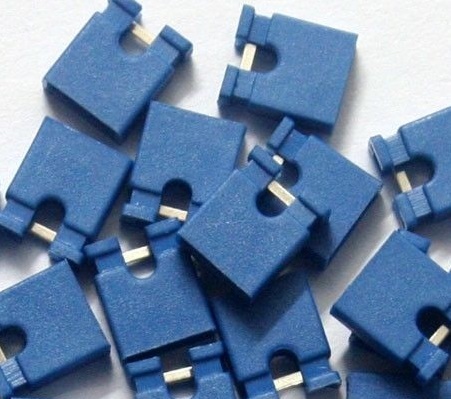
3-Pin Case Fan Connectors
These pins are for connecting the case fan also known as the system fan. The system fan is used to bring in cool air and blow out hot air from the system unit. This helps cool the computer motherboard components.
Heat Sink
A heat sink is a device made of an aluminium finned radiator used to absorb excessive or unwanted heat from some computer motherboard components. There are two types of heat sinks, active and passive heat sinks.
Passive heat sinks have no mechanical components, just aluminium-finned radiator material. On the other hand, active heat sinks utilize the computer’s power and may come with a fan mounted on top.
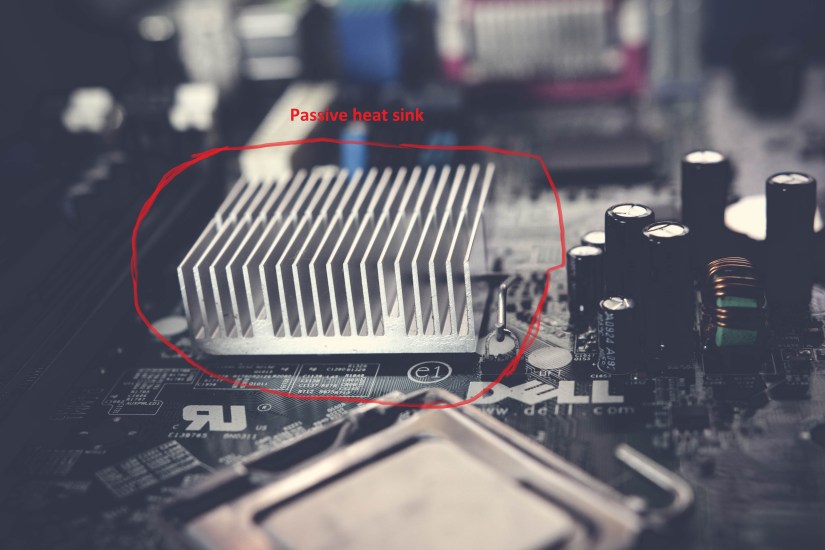
24-Pin ATX Power Supply Connector
This is where you connect the ATX power supply to the motherboard. The corresponding connector has a small clip on the top that snaps to hold the connector in place. The connector is keyed to ensure it connects in one direction.
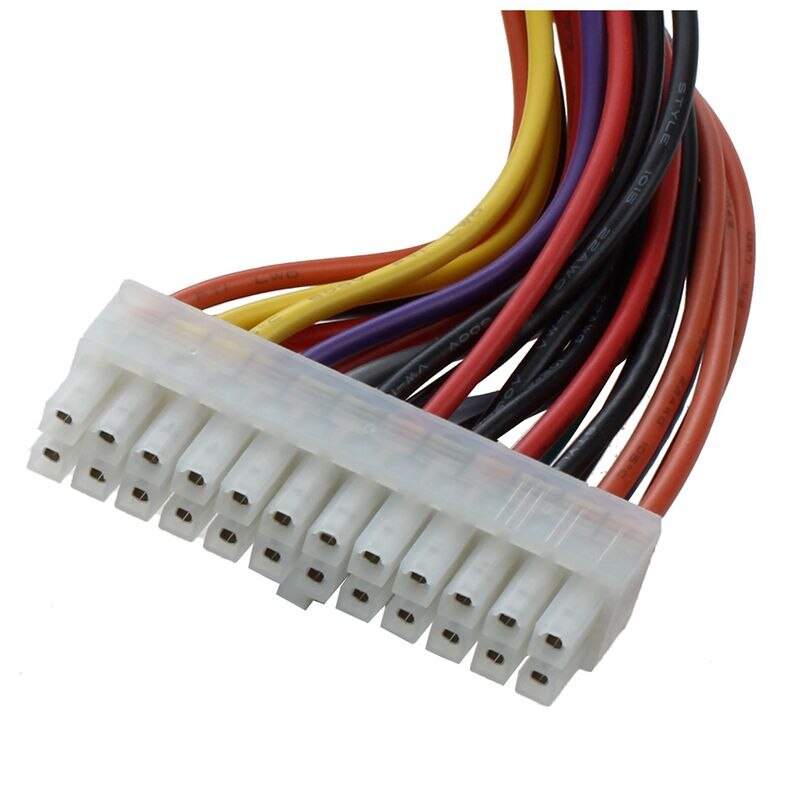
SATA Connectors
This is the connection point for mass storage devices such as hard disk drives, optical drives, and solid-state drives. Serial ATA succeeded the earlier IDE connectors that used Parallel ATA (PATA) standard to become the predominant interface for storage devices.
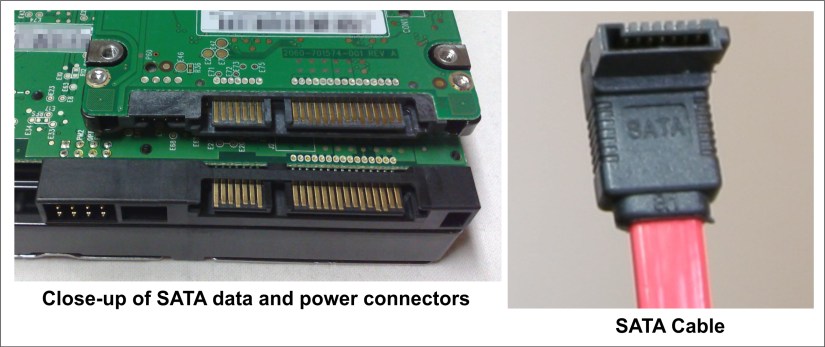
Super IO Chip
This type of controller is an integrated circuit found on the computer motherboard. It handles the slower and less prominent input/output devices such as floppy disk controller, game port, parallel port, real-time clock, and serial port UART among others.
![]()


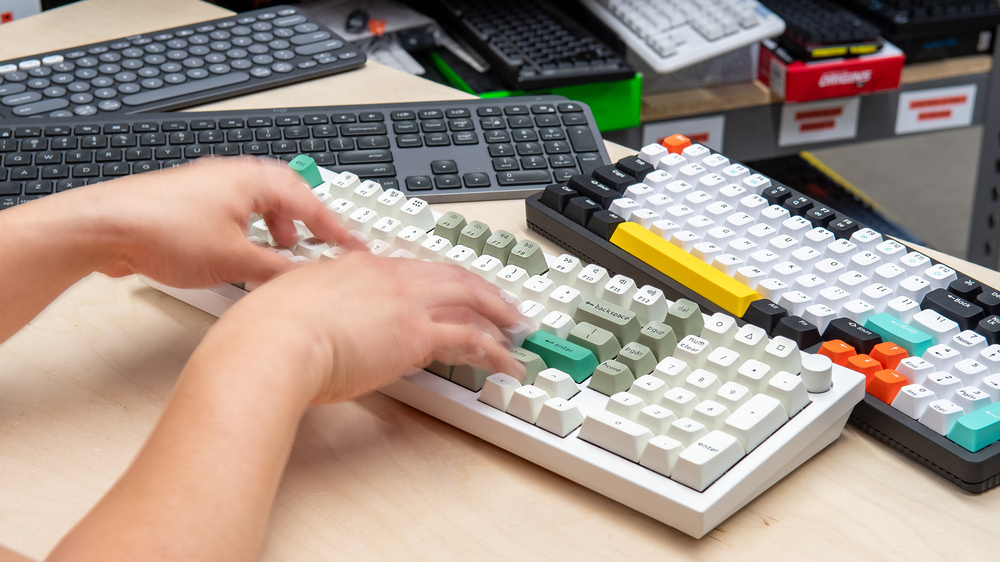




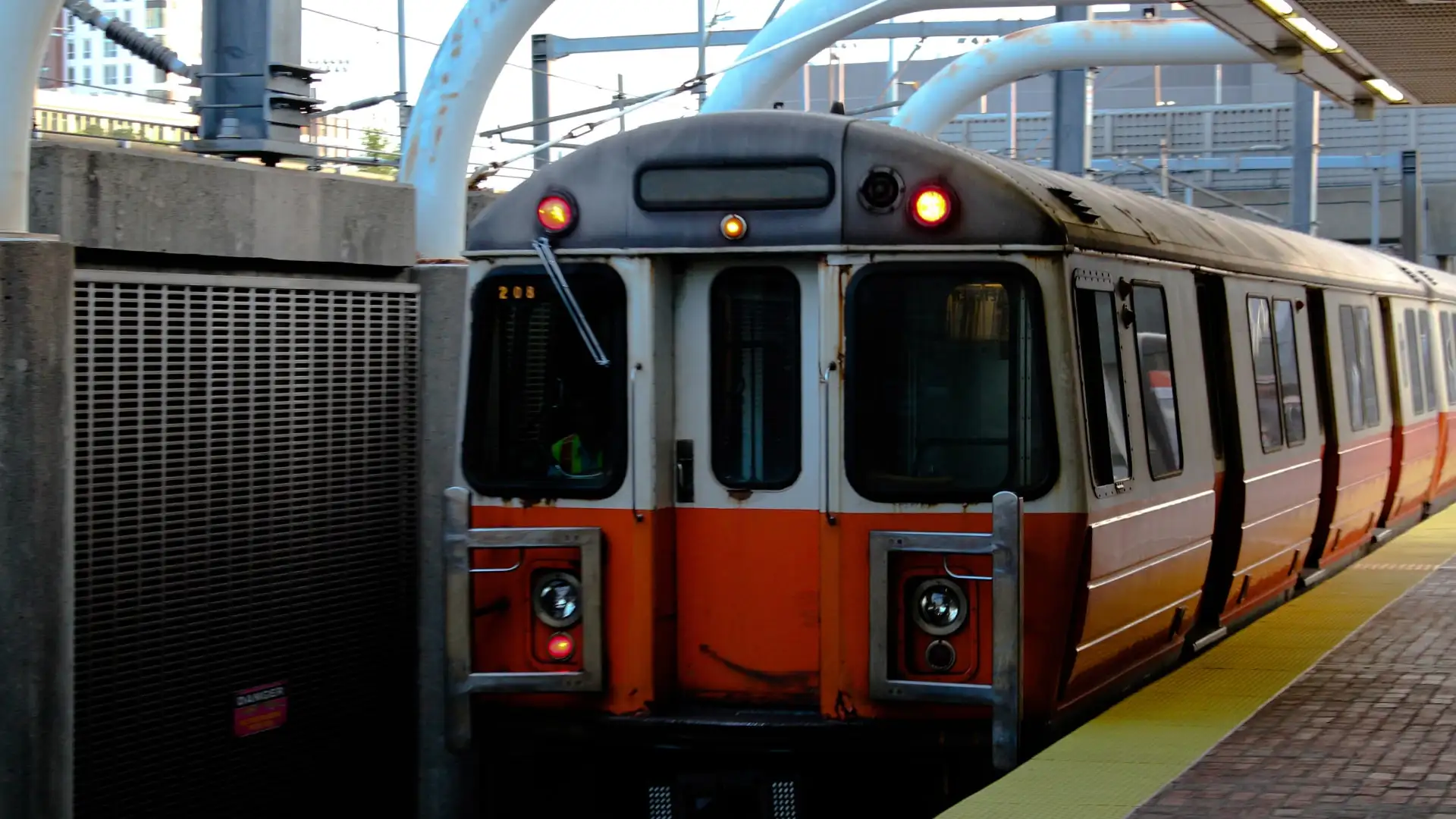
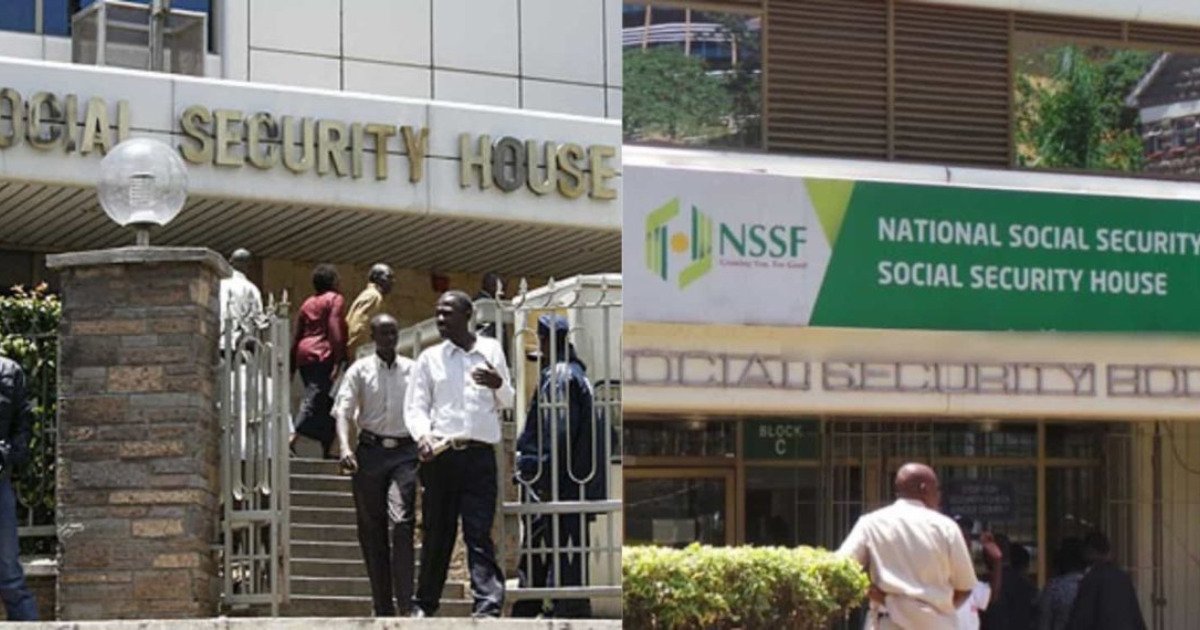
![[Resource]: Installing Webuzo on Your Nestict Cloud VPS: A Detailed Guide](https://www.blog.nestict.com/wp-content/uploads/2024/12/image.webp)
![[Resource] : Comprehensive List of Equity Bank Codes Across Kenya by Region](https://www.blog.nestict.com/wp-content/uploads/2024/12/image-5.png)



![[Continuation]: Current Challenges in Making Physics and Geography Compulsory](https://www.blog.nestict.com/wp-content/uploads/2024/12/The-universe-of-mathematics-physic-and-astronomy-its-ama…-Flickr.jpg)
![[Resource] : Why Physics and Geography Should Be Compulsory Like Mathematics in Education](https://www.blog.nestict.com/wp-content/uploads/2024/12/image.png)
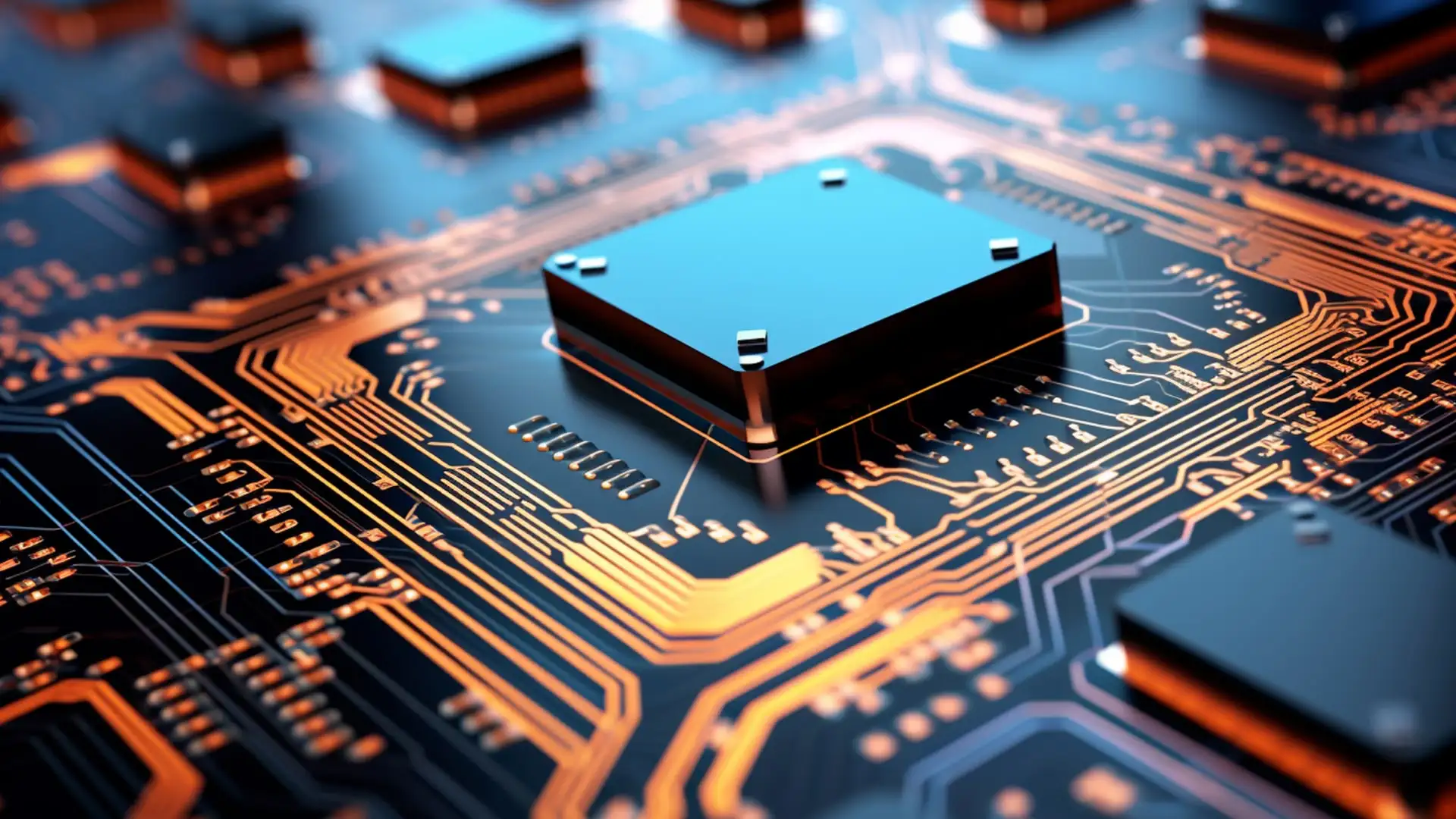

![[LINKTREE] 2024 PAST PAPERS , NOTES ,RESOURCE,REVISION,EXAMINATIONS](https://www.blog.nestict.com/wp-content/uploads/2024/10/SCHM.jpeg)


![Maritime Terms, Abbreviations and Acronyms [Shipping Terms – Searchable]](https://www.blog.nestict.com/wp-content/uploads/2024/09/Container-Stowage-Stock-Illustrations-–-71-Container-Stowage-Stock-Illustrations-Vectors-Clipart-Dreamstime.jpg)
![Maritime Terms, Abbreviations and Acronyms [ Shipping Terms]](https://www.blog.nestict.com/wp-content/uploads/2024/09/image.png)

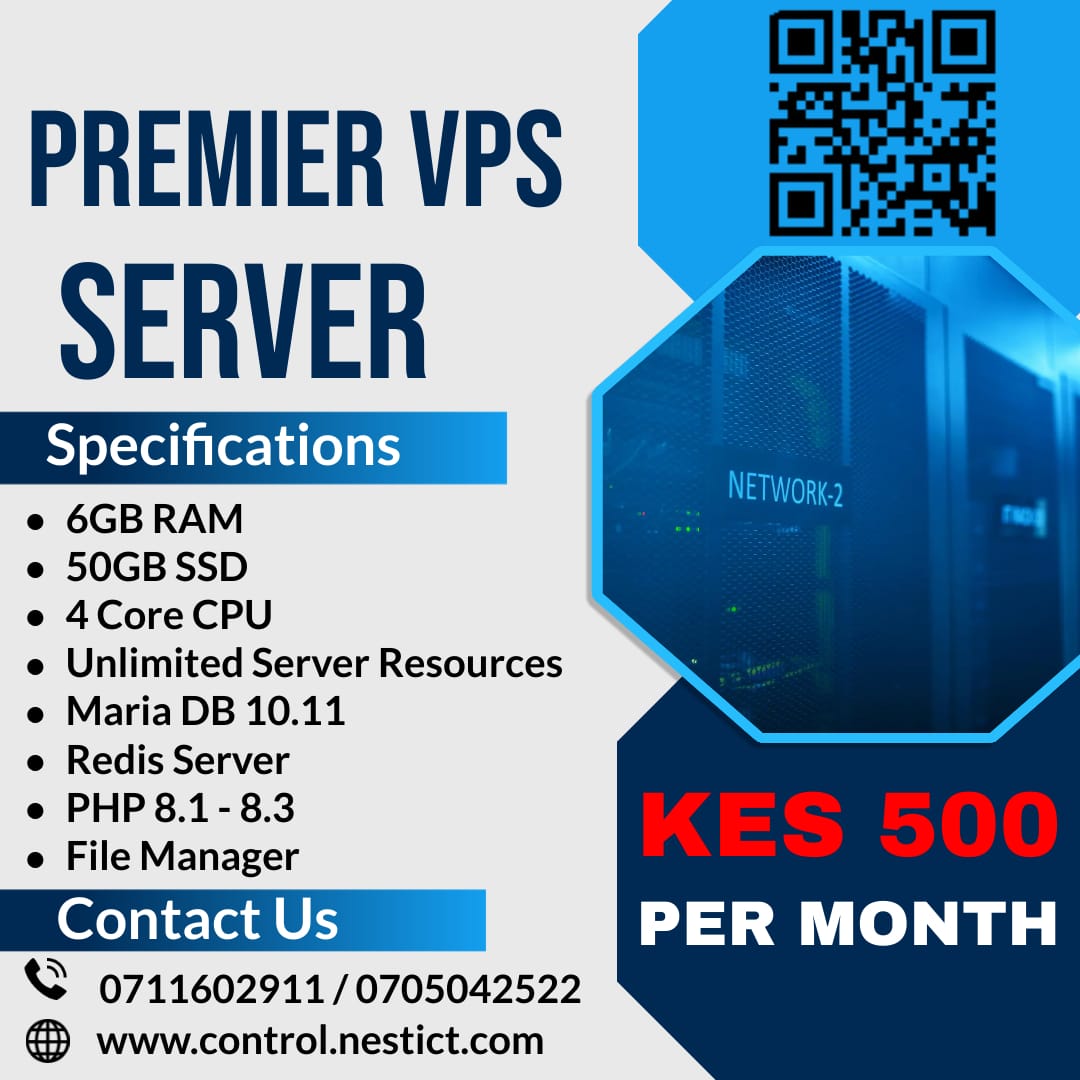



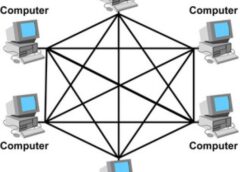


![[Explainer]: NVMe storage, SSD (SATA SSD), and HDD](https://www.blog.nestict.com/wp-content/uploads/2024/08/Laptops-are-available-with-SSDs-and-HDDs.png)
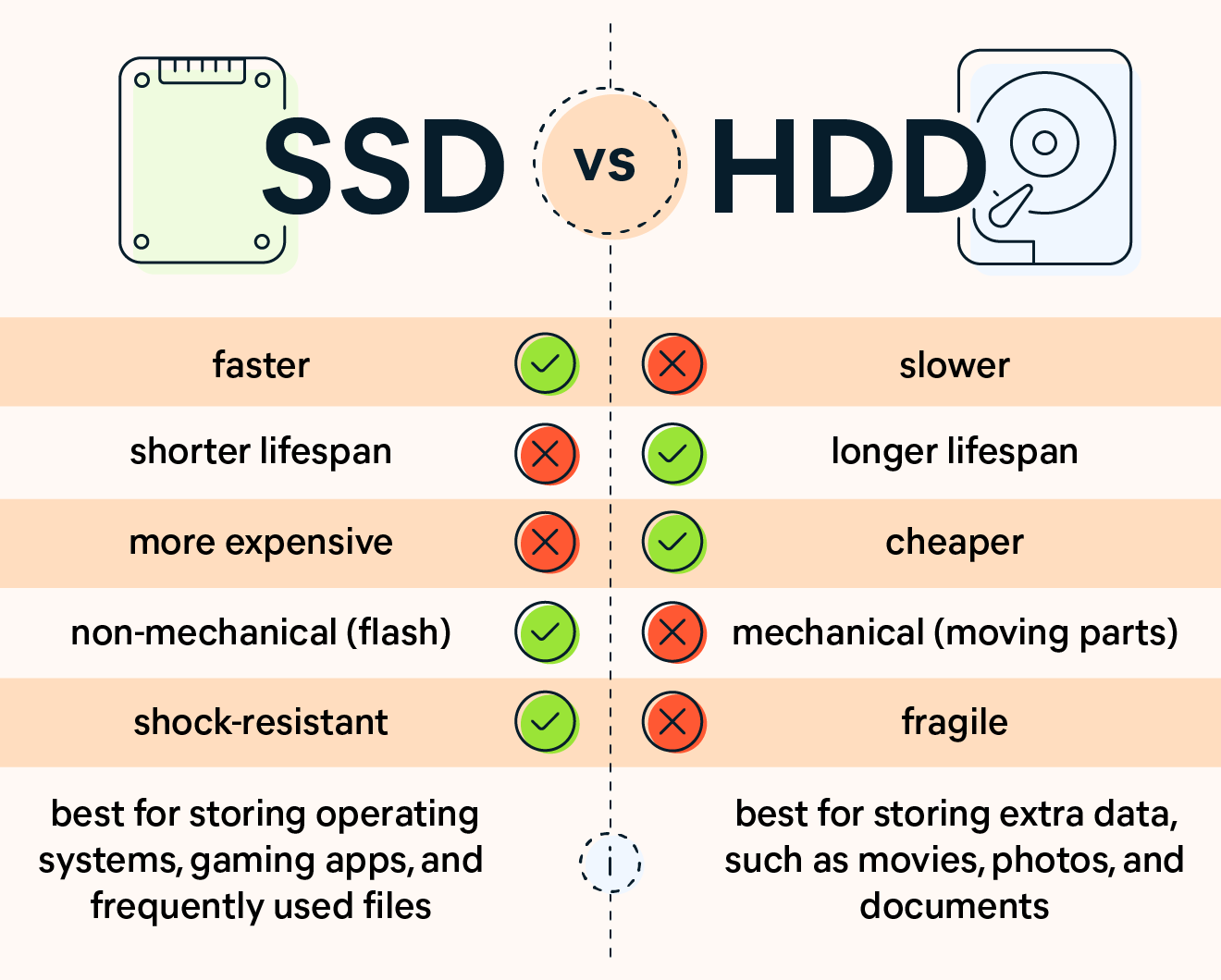
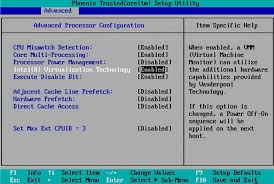
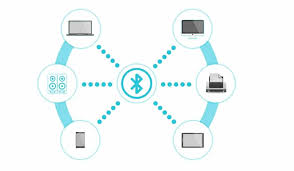

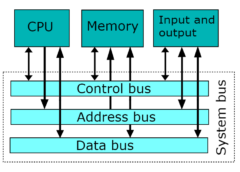

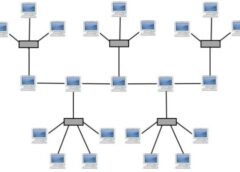


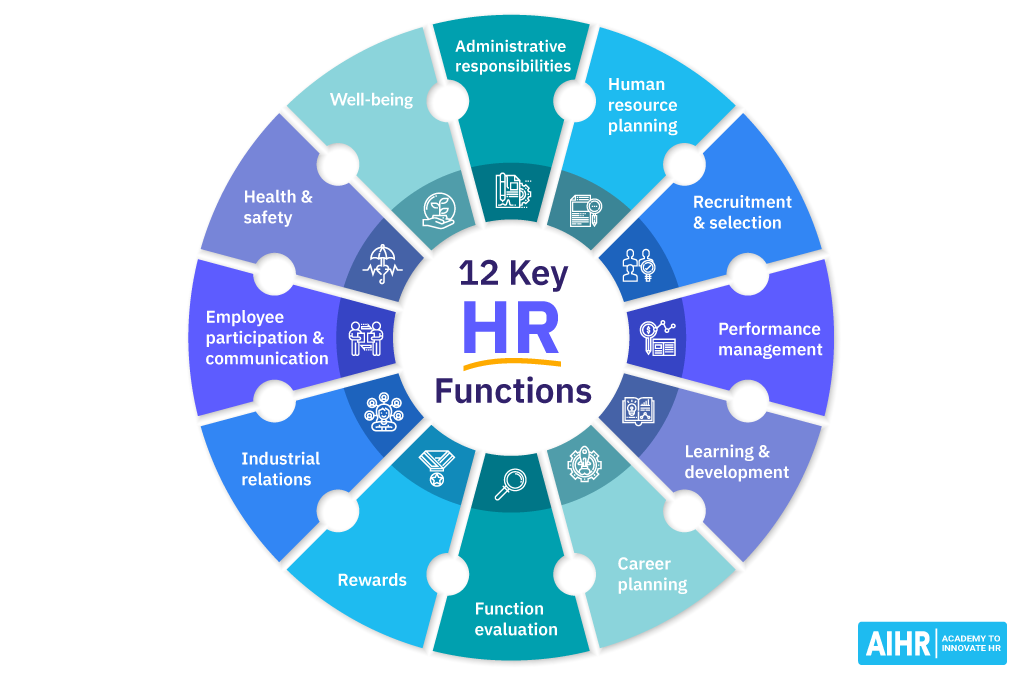




![[Updated 2024] – Passport Application FOR CHILDREN ONLY(PERSONS UNDER 18 YEARS)](https://www.blog.nestict.com/wp-content/uploads/2023/09/keppp-240x172.png)
![[Updated 2024] -Passport Application FOR ADULTS ONLY-PERSONS OVER 18 YEARS](https://www.blog.nestict.com/wp-content/uploads/2023/09/EAF-Passport-e1631045054464-400x800-1-240x172.jpg)

